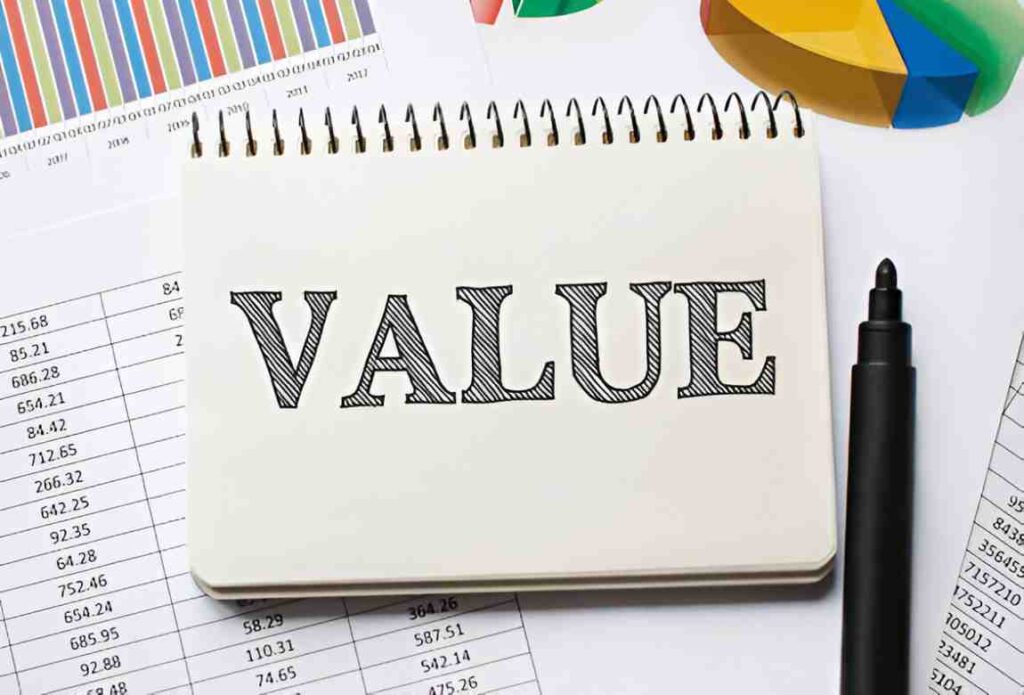As someone who has spent years analyzing financial statements, I know how intimidating profit and loss (P&L) accounts can appear at first glance. Yet, understanding them is crucial for business owners, investors, and even employees who want to gauge a company’s financial health. In this article, I break down the P&L statement, explain its components, and show how it reflects a company’s performance.
Table of Contents
What Is a Profit and Loss Account?
A profit and loss account, also called an income statement, summarizes a company’s revenues, costs, and expenses over a specific period. Unlike a balance sheet, which provides a snapshot of financial position at a single point in time, the P&L statement shows performance over weeks, months, or years.
The fundamental equation behind a P&L statement is simple:
\text{Net Profit} = \text{Total Revenue} - \text{Total Expenses}However, beneath this simplicity lies a structured breakdown of income and expenditures that reveals profitability drivers.
Key Components of a Profit and Loss Statement
1. Revenue (Sales)
Revenue represents the total income generated from selling goods or services. It’s the starting point of the P&L statement. For example, if a company sells 1,000 units at $50 each, its revenue is:
\text{Revenue} = 1,000 \times \$50 = \$50,000Revenue can be further categorized into:
- Operating Revenue: Income from core business activities (e.g., product sales).
- Non-Operating Revenue: Income from secondary sources (e.g., interest or rental income).
2. Cost of Goods Sold (COGS)
COGS includes direct costs tied to production, such as raw materials and labor. If producing each unit costs $20, the COGS for 1,000 units is:
\text{COGS} = 1,000 \times \$20 = \$20,000Subtracting COGS from revenue gives gross profit:
\text{Gross Profit} = \text{Revenue} - \text{COGS}3. Operating Expenses
These are indirect costs not tied directly to production, including:
- Selling, General & Administrative (SG&A): Salaries, rent, marketing.
- Depreciation & Amortization: Allocation of asset costs over time.
If operating expenses total $15,000, we calculate operating profit:
\text{Operating Profit} = \text{Gross Profit} - \text{Operating Expenses}4. Other Income and Expenses
This section includes non-operational items like:
- Interest income/expense.
- Gains/losses from asset sales.
5. Net Profit (Bottom Line)
After accounting for taxes, we arrive at net profit:
\text{Net Profit} = \text{Operating Profit} \pm \text{Other Income/Expenses} - \text{Taxes}Analyzing Profitability: Key Metrics
Beyond the basic P&L structure, several ratios help assess financial performance:
Gross Profit Margin
\text{Gross Margin} = \left( \frac{\text{Gross Profit}}{\text{Revenue}} \right) \times 100A high margin indicates strong pricing power or cost control.
Operating Profit Margin
\text{Operating Margin} = \left( \frac{\text{Operating Profit}}{\text{Revenue}} \right) \times 100This shows efficiency in managing core operations.
Net Profit Margin
\text{Net Margin} = \left( \frac{\text{Net Profit}}{\text{Revenue}} \right) \times 100The ultimate measure of profitability after all costs.
Practical Example: A Small Business P&L
Let’s examine a hypothetical bakery’s P&L for 2023:
| Item | Amount ($) |
|---|---|
| Revenue | 120,000 |
| COGS | 60,000 |
| Gross Profit | 60,000 |
| Operating Expenses | 30,000 |
| Operating Profit | 30,000 |
| Interest Expense | (2,000) |
| Pre-Tax Profit | 28,000 |
| Taxes (25%) | 7,000 |
| Net Profit | 21,000 |
Calculating Margins:
- Gross Margin = \left( \frac{60,000}{120,000} \right) \times 100 = 50\%
- Net Margin = \left( \frac{21,000}{120,000} \right) \times 100 = 17.5\%
This shows the bakery retains $0.175 from each dollar of sales after all expenses.
Common Pitfalls in Interpreting P&L Statements
1. Revenue Recognition
Not all revenue is cash-based. Accrual accounting records revenue when earned, not when received. A company showing high revenue might still face cash flow issues.
2. Expense Timing
Large one-time expenses (e.g., equipment purchases) can distort profitability. It’s essential to distinguish between recurring and non-recurring costs.
3. Manipulation Risks
Some businesses inflate revenue or defer expenses to appear more profitable. Footnotes and cash flow statements help verify P&L accuracy.
The Role of P&L in Decision-Making
Investors use P&L statements to assess growth potential. Lenders evaluate repayment capacity. Managers identify cost-saving opportunities. For instance, if COGS rises disproportionately to revenue, it may signal supply chain inefficiencies.
Comparing P&L Across Industries
Profit margins vary widely by sector. Tech companies often have high gross margins (low COGS), while retailers operate on thin margins. Comparing a bakery’s net margin (17.5%) to a software firm’s (30%) without context is misleading.
Advanced P&L Adjustments
EBITDA
Earnings Before Interest, Taxes, Depreciation, and Amortization (EBITDA) measures operating performance without financing or accounting decisions:
\text{EBITDA} = \text{Operating Profit} + \text{Depreciation} + \text{Amortization}Non-GAAP Measures
Some companies use adjusted EBITDA or non-GAAP earnings to exclude irregular items. While useful, these can obscure true performance if overused.
Final Thoughts
A profit and loss account is more than just numbers—it tells the story of a business’s operational efficiency, cost management, and profitability. By mastering its components, you gain insights into financial health and make informed decisions. Whether you’re a business owner, investor, or student, understanding the P&L statement is a fundamental skill in finance.





